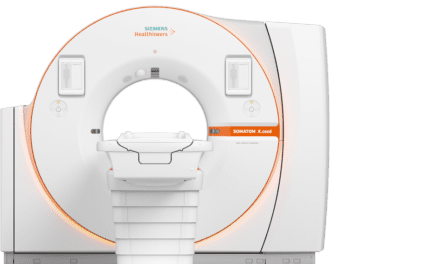A new Harvey L. Neiman Health Policy Institute study published in the Journal of American College of Radiology has found that the use of chest imaging in the emergency department (ED) has grown markedly in the past two decades.
In the study, lead study author Jonathan Chung, MD, an associate professor of radiology at the University of Chicago, and colleagues evaluated two distinct data sets from the Centers for Medicare & Medicaid Services (CMS). First, they obtained annual Medicare Physician/Supplier Procedure Summary Master Files for 1994 to 2015. Aggregate counts for codes for chest radiography, CT, and ultrasound performed in the ED setting were extracted for each year. Given that Physician/Supplier Procedure Summary Master Files contain only aggregate national-level data, they also obtained CMS 5% research-identifiable files, which provide complementary individual service level information.
Among Medicare beneficiaries, the use of noncardiac thoracic imaging in the ED soared from 1994 to 2015—with ED utilization of chest radiography and CT increasing by 173% and 5,941.8%, respectively. Further, per 1,000 ED visits, utilization increased by a respective 81% and 3,915.4% during this time period. Across states, utilization was highly variable, with 2015 radiography utilization per 1,000 ED visits ranging from 82 (Wyoming) to 731 (Hawaii) and CT utilization ranging from 18 (Wyoming) to 76 (Hawaii).
Moreover, between 2004 and 2015, most states demonstrated increases in the utilization of both radiography and CT. Nonetheless, utilization of radiography declined in four states and utilization of CT fell in one state, researchers reveal.
“Over the past two decades, ED utilization of chest imaging has increased. This was related not only to an increasing frequency of ED visits, but also to increasing utilization per ED visit,” adds Andrew Rosenkrantz, MD, MPA, lead study author, professor, and director of health policy in the department of radiology at NYU Langone Health. “Across states, utilization is highly variable—but with radiography and CT both increasing, the use of CT seems additive to, rather than replacing, radiography.”





